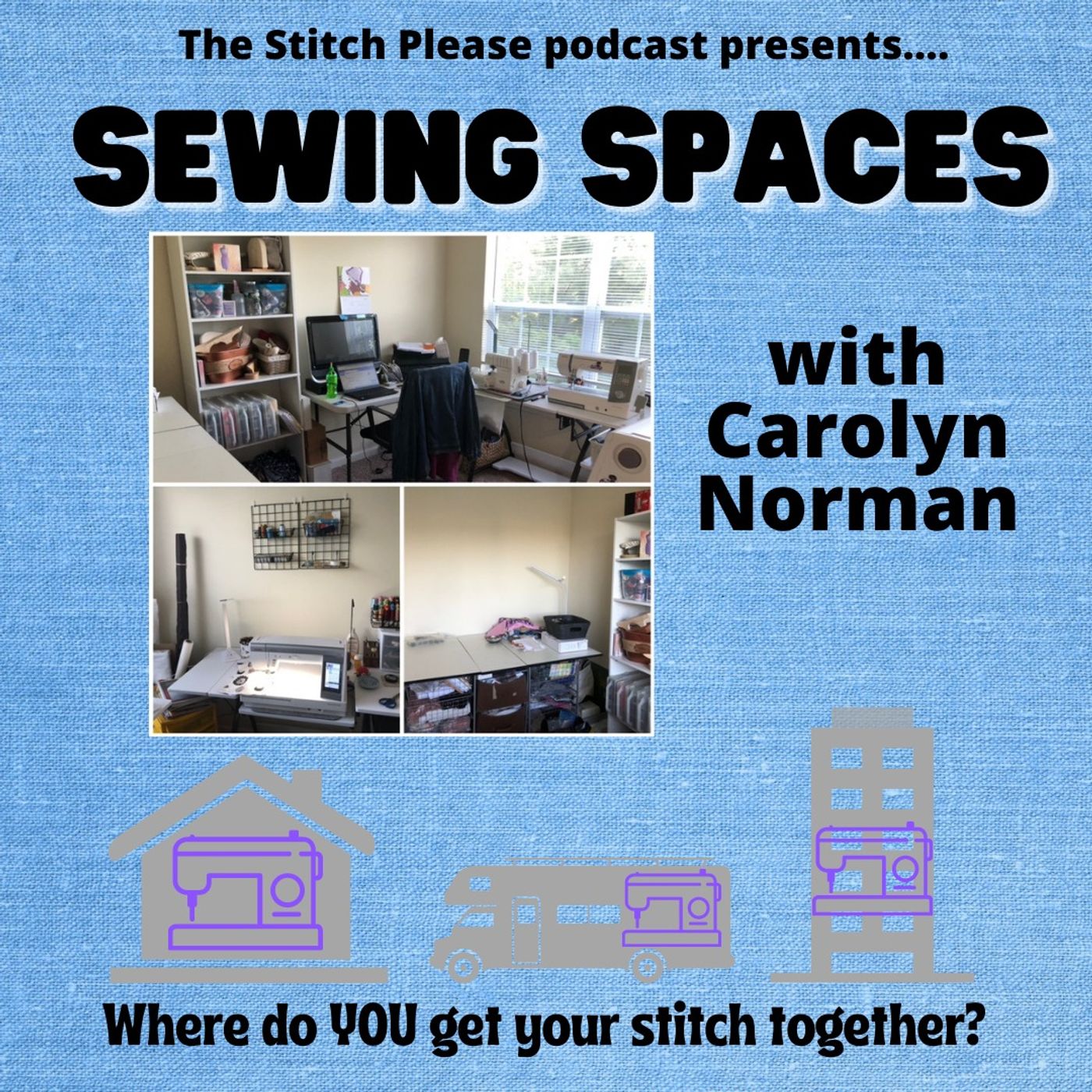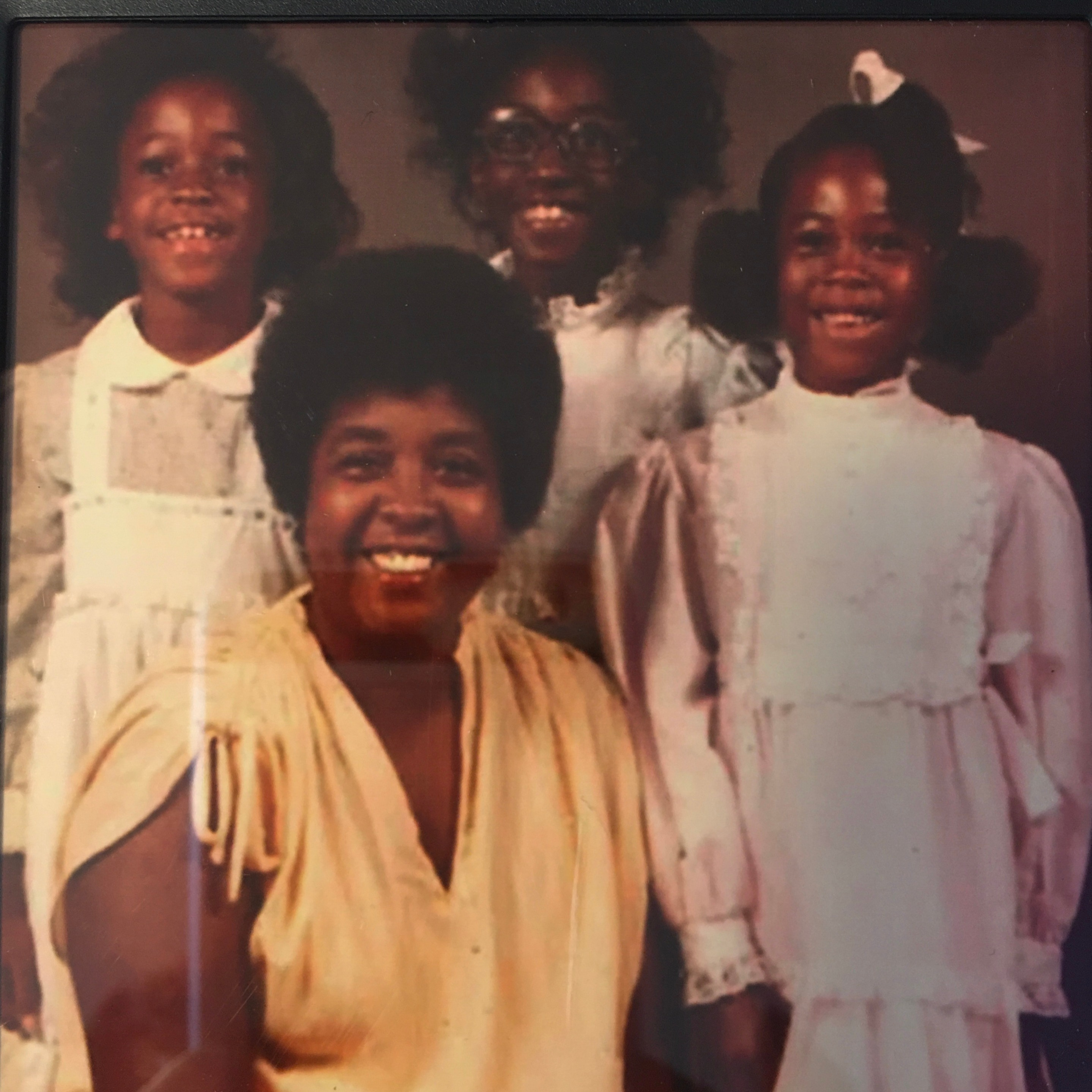Modern Quilting with Carole Lyles Shaw
[spp-transcript]
Want to be featured in Stitch Please? Record a voice message below with Speakpipe. Read our Speakpipe Policy.
Want to be featured in Stitch Please? Record a voice message below with Speakpipe. Read our Speakpipe Policy.

